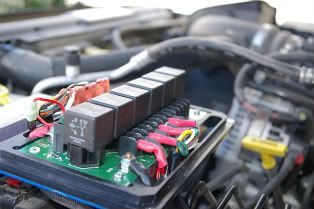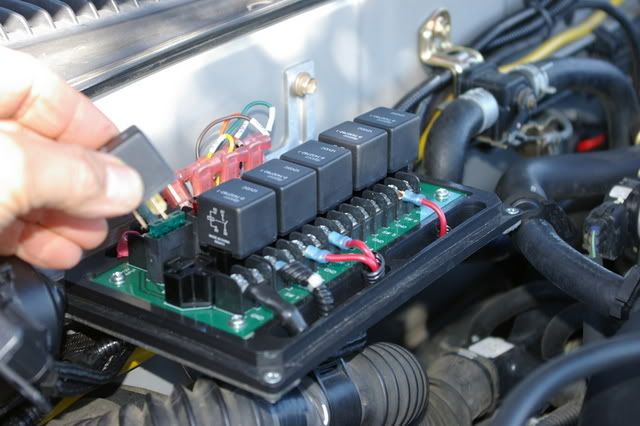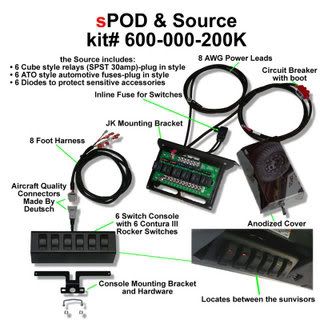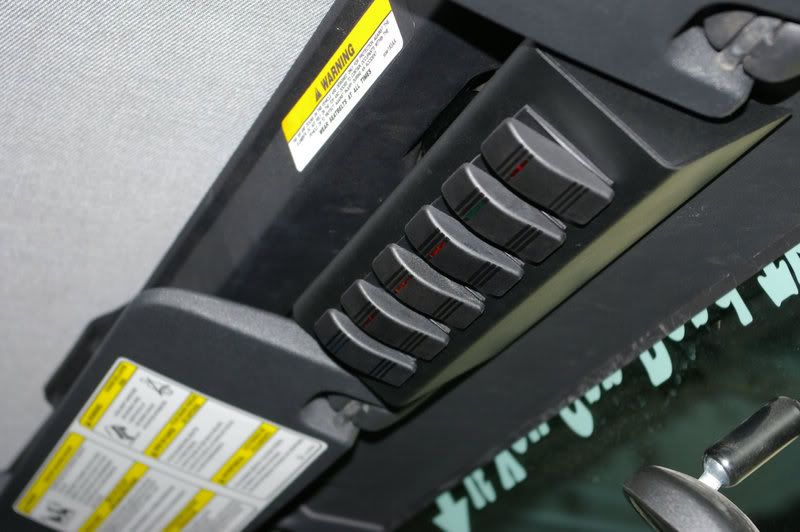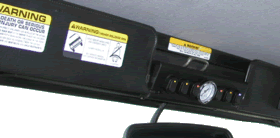ntsqd
Heretic Car Camper
Not quite sure what you're saying, but I'm not nuisanced. 
I guess the biggest problem is that my "right way to do it" is one of many right ways to do it, and that can lead to conflict (of method) and confusion.
FWIW, I'm getting less and less fearful of trying something. It's really nice to get it "right" the first time, but I seldom learn anything from those rare events. Take reasonable safety precautions and try what seems best. If it doesn't work you've learned what doesn't work and what does, so try something else based on that experience.
I guess the biggest problem is that my "right way to do it" is one of many right ways to do it, and that can lead to conflict (of method) and confusion.
FWIW, I'm getting less and less fearful of trying something. It's really nice to get it "right" the first time, but I seldom learn anything from those rare events. Take reasonable safety precautions and try what seems best. If it doesn't work you've learned what doesn't work and what does, so try something else based on that experience.


